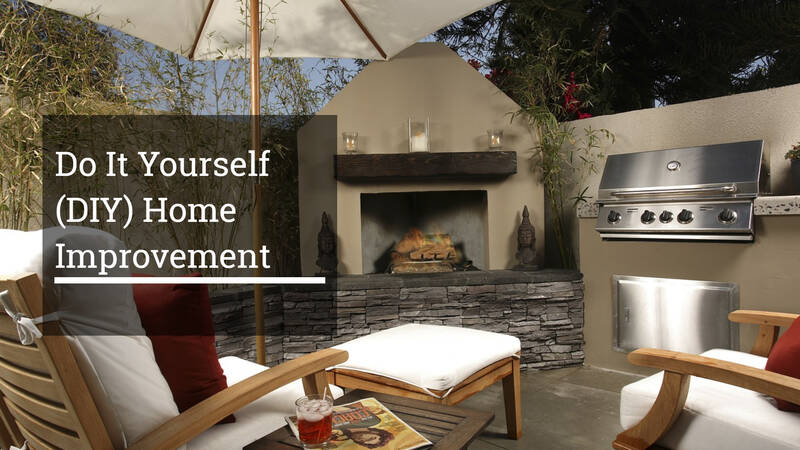
There has been a decline in consumer confidence in the building and construction industry. This may be the same reason that many are now doing home improvements for themselves.
Why not? A little technical knowledge combined with an eye for creativity is enough to do the home improvement on your own.
Why are people turning to DIY home improvements?
Many construction workers who do not have much experience or knowledge in the construction or maintenance of homes are currently trying to work on these homes across the country.
As a result, owners are finding that jobs are not being completed to their satisfaction. Sometimes they are even paying in advance for services that are not performed or are not part of the plan.
You don’t have to depend on and pay someone to improve your home. Why not try doing it yourself?
You can enhance existing concrete surfaces in your home using acid stains, acrylic stains, epoxy paints, and marking techniques.
If you’re tired of looking at dingy gray concrete, there are some easy DIY projects for the home improvement hobbyist to give to your patio, driveway, garage, etc. a refreshing new look.
Working with decorative concrete costs twice or even triple that of regular concrete. That is why many people cannot afford it.
There are inexpensive ways to decorate concrete after it has cured without paying expert traders.
Acid-based concrete stains are becoming increasingly popular for coloring concrete surfaces. They react chemically with the cementitious material to produce a permanent color with a mottled or mottled appearance like that of marble. This results in an elegant and natural looking surface.
Water-based concrete stains are an alternative to acid stains and are much easier to use because they are much less toxic. These stains do not react chemically with concrete; they absorb into the pores on the surface and act as a dye. The great advantage of water-based dyes is the wide range of colors available.
If you want to venture beyond basic concrete staining, consider using some scoring techniques to create patterns on the surface.
You can make your concrete look like a tile floor, for example. It depends on your imagination. An angle grinder with a 4-inch cutting or abrasive wheel is the ideal tool for this.
The important thing to remember when scoring is to first draw the pattern on the concrete and make sure you are satisfied with how it looks, as scoring is irreversible.
Epoxy paints are an excellent coating for garage and basement floors. Many commercial floors are epoxy coated due to their durability and resistance to chemical spills, as well as their appearance.
In recent years, however, it has become very popular for residential use with an increasing availability of different colors. This is not a difficult project, but the key to a successful application is surface preparation.
Epoxy paints are also available in a water-based form, making them safe for DIYers and ideal for interior applications. They cost a little more than stains. For a 400 square foot garage, you will spend about $ 200 on the materials needed for this project.
Watch? You do not have to spend money to improve your home. You have the ability to do it yourself. With a few instructions and a little work, anyone can turn boring concrete into their own masterpiece.




1 Response
[…] There has been a decline in consumer confidence in the building and construction industry. This may be the same reason that many are now doing home […]